It’s essential to have the correct RH technique in order to improve in your playing. First we must focus on the right hand and the proper technique associated with it.
Having proper technique will make playing much easier and allow you to play more challenging repertoire and exercises.
Fingers and Strings
Thumb should be on the sixth, fifth, and fourth strings while the index middle ring will be on the third, second and first strings.
P = 6, 5, 4
I = 3
M = 2
A = 1
Right hand positioning
The right hand should be hovering over the sound hole in the middle. You can also place it back slightly as well for a different timbre. Make sure the right hand is relaxed while hanging over the strings.
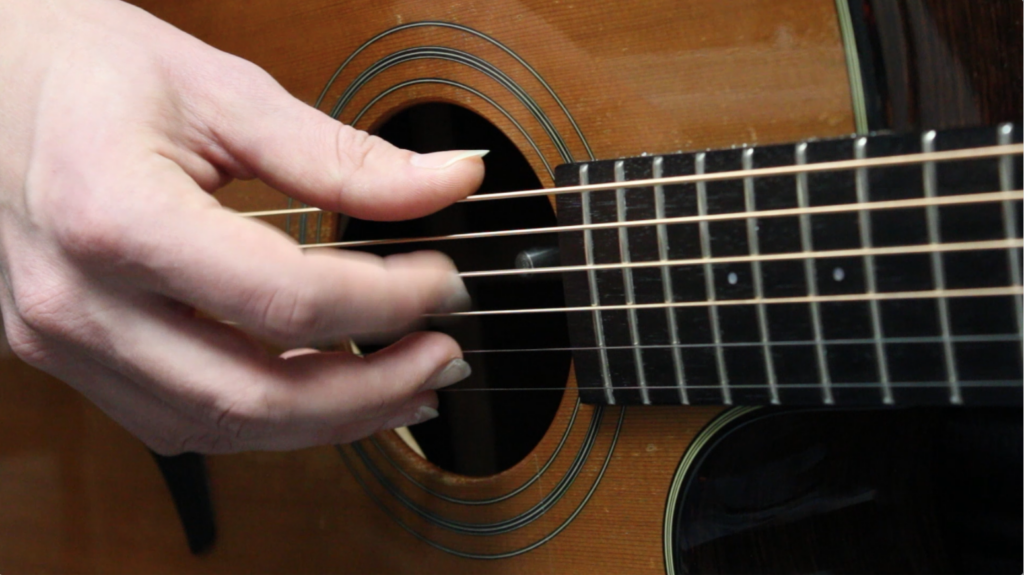
Attack motion
The attack should be a motion of the fingers coming in towards the palm. Prevent yourself from plucking up, or a clawing attack, which will cause the strings to be bright and thin.
Here is a video on beginner finger picking patterns I recommend:
Practice this with your own songs, or solely to work on your technique in order to improve your playing.
Learn more about technique through our FREE Fingerstyle Workbook!
FOLLOW US ON
Get our FREE Fingerstyle Workbook!
RELATED BLOG POSTS
5 Beautiful Fingerstyle Guitar Songs You Can Learn in a Week
Looking for some fingerstyle song challenges? Here are five songs that are perfect for you to learn in a week:
“Blackbird” by The Beatles – An iconic, simple fingerpicking pattern.
“Dust in the Wind” by Kansas – A classic, easy-to-learn fingerstyle tune.
“Fast Car” by Tracy Chapman – A soulful, subtle fingerstyle riff.
“Hallelujah” by Leonard Cohen – Emotional and accessible.
“Tears in Heaven” by Eric Clapton – A slow ballad perfect for emotional expression.
The Art of Dynamics in Fingerstyle Guitar: Adding Emotion to Your Playing
Fingerstyle guitar gives you the power to add emotion through dynamic changes. Here’s how to express yourself through dynamic variations:
1. Thumb Control
Control your thumb’s volume to emphasize or soften bass notes, depending on the song’s mood.
2. Finger Pressure
Alter your finger pressure when plucking to create tonal variety. A soft touch yields a mellow sound, while a firm pluck sharpens the note.
3. Experiment with Rest Strokes
Let your finger rest on the next string after plucking for a fuller, richer sound.
4. Play with Dynamics During a Song
Vary your volume throughout the song to create emotional contrast—soft in some sections, loud and intense in others.
Building Fingerstyle Speed: Techniques and Exercises
Want to play faster? Speed is essential in fingerstyle, and it requires time, muscle memory, and dexterity. Here’s how to improve your fingerstyle speed:
1. Start Slow
Always practice at a slow tempo. It’s better to play perfectly slow than mess up at a fast pace. Gradually increase speed with a metronome.
2. Isolate the Fingers
Practice each finger separately, focusing on your thumb for bass notes and your index and middle fingers for melody notes.
3. Cross-Hand Exercises
Practice alternate bass and melody with a focus on synchronizing both hands.
4. Work with the Circle of Fifths
Practice fingerpicking through chord changes based on the Circle of Fifths to improve transitions and finger independence.
5. Use Backing Tracks
Once comfortable, use backing tracks to stay on beat and stay motivated.

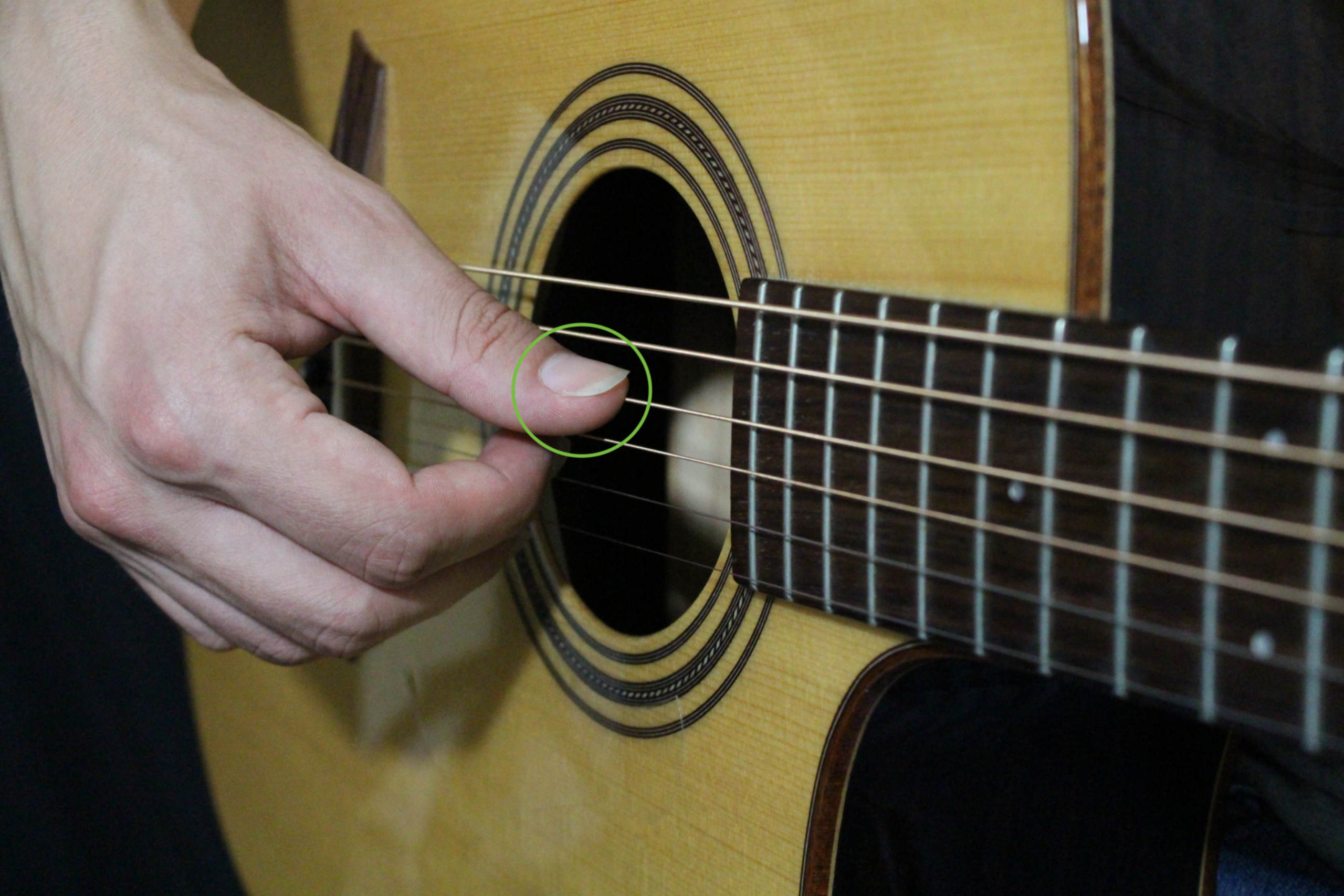
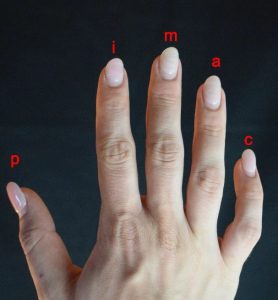

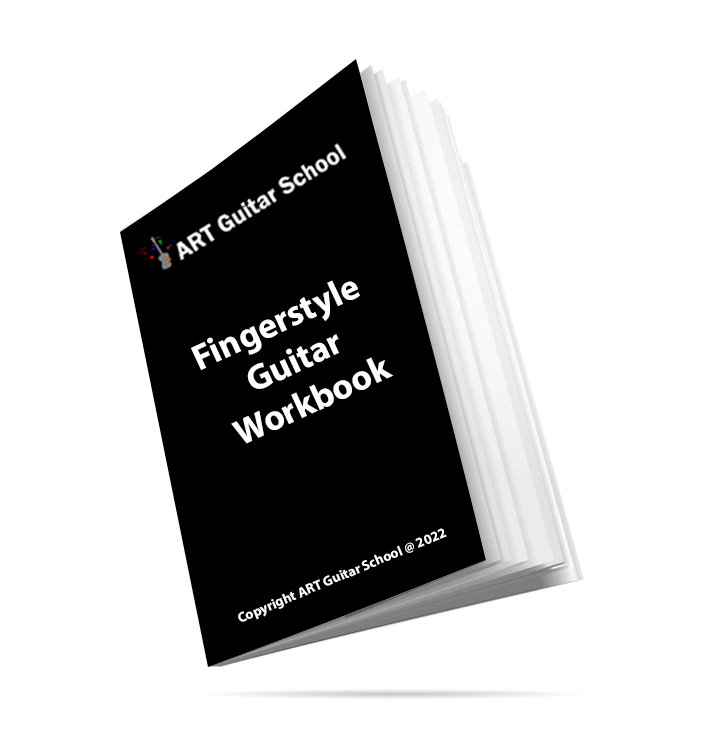
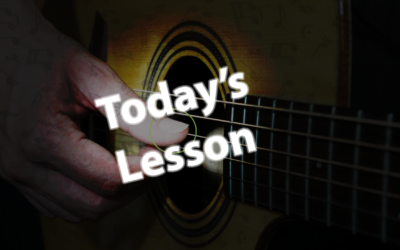
0 Comments